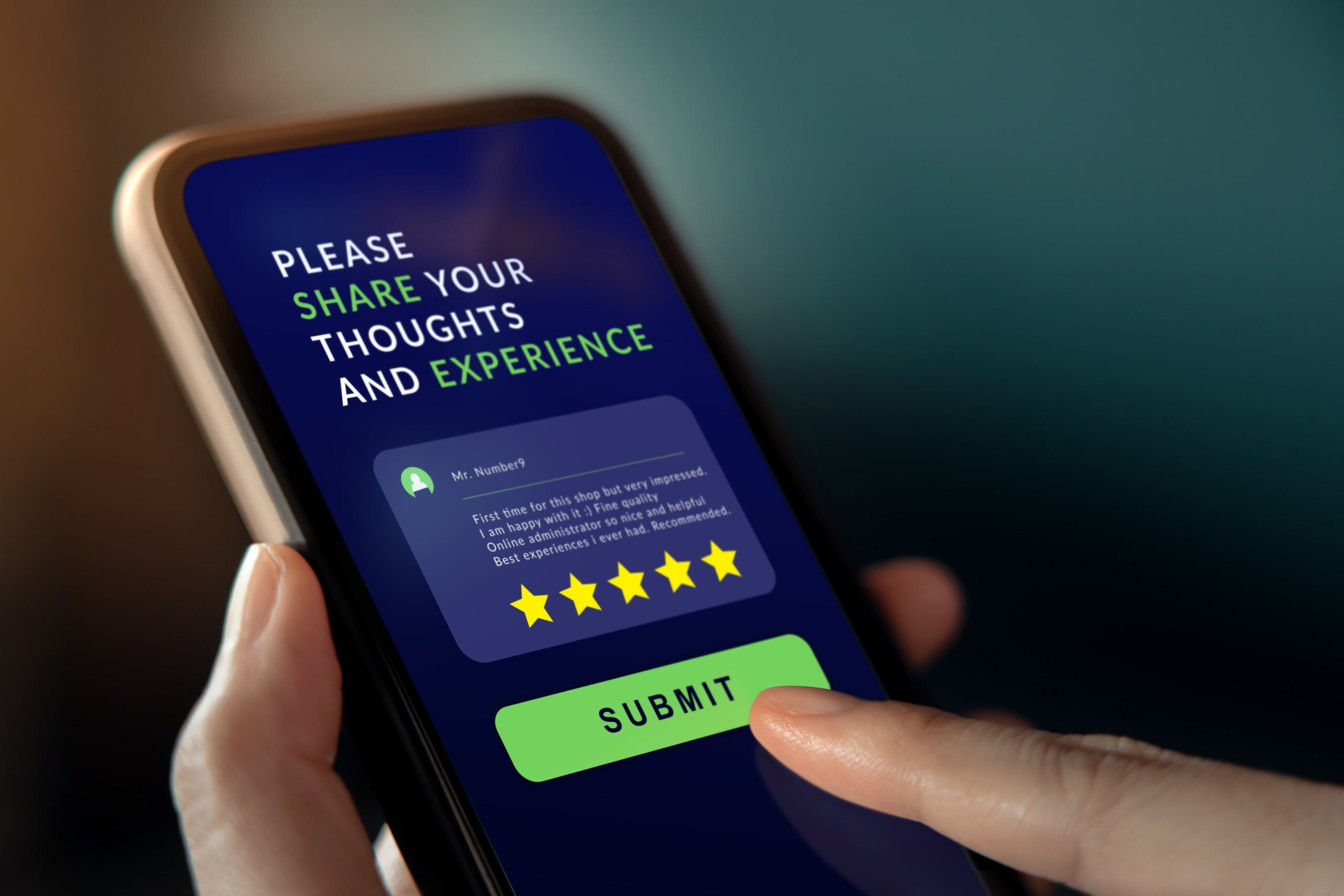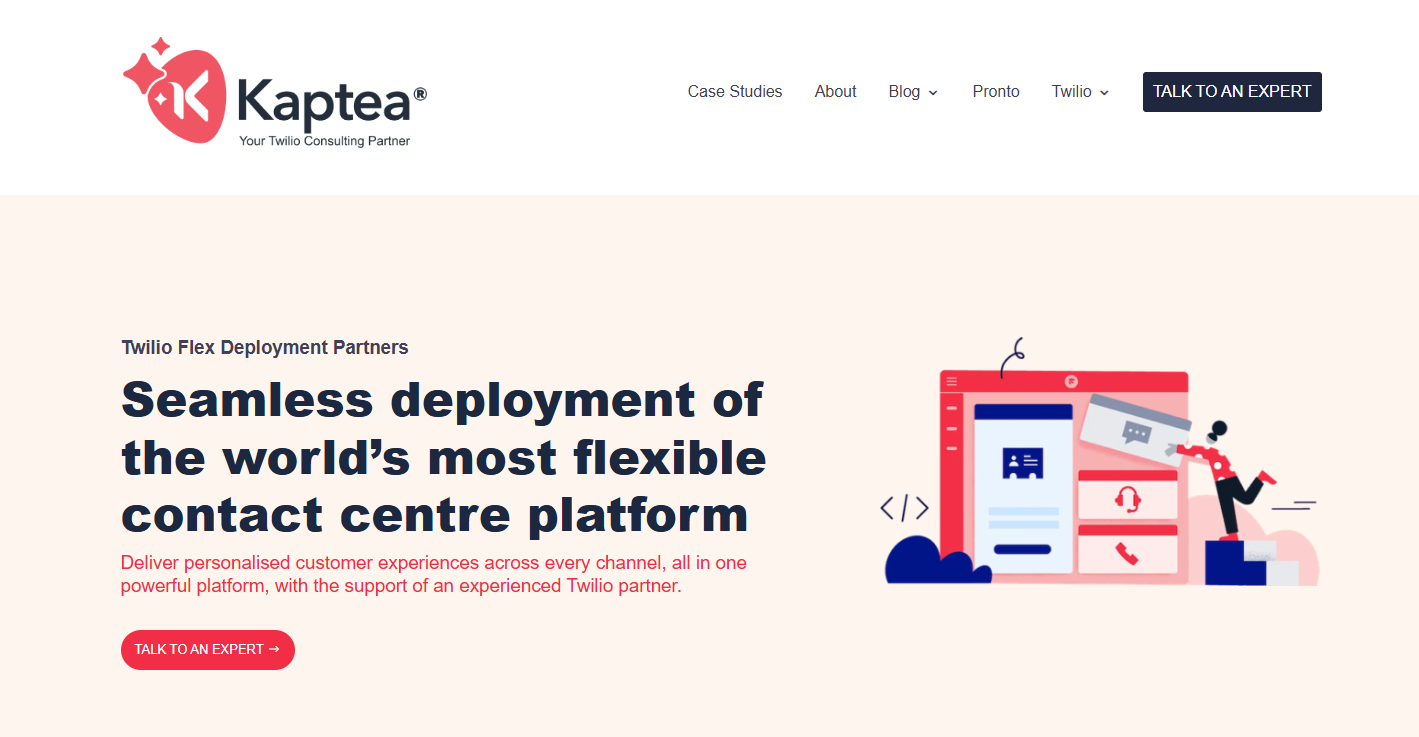
Every interaction matters. One poor experience can cost you a customer, and most people won’t hesitate to tell others about it.Studies show it takes around 12 positive experiences to balance out a bad one. Even more concerning, nearly all unhappy customers will talk about it to their friends or online.If you’re not focused on building better experiences, you’re likely losing customers without even knowing it.In this article, you will learn practical ways to optimize your customer experience (CX) and keep customers satisfied across every step of their journey.
Customer experience optimization is about improving how customers interact with your business at every stage. It’s a continuous process that focuses on removing obstacles and creating a smooth experience.When done right, it helps your business build trust and loyalty over time. Here’s what it involves:
Customer expectations are rising. People want fast service, clear answers, and simple solutions. If your business can’t meet these expectations, customers will leave.Customer experience optimization helps you:
Customers are more likely to stay loyal when their experience with a business is consistently positive. Many are even willing to spend more when they feel valued and supported.A smooth and thoughtful experience keeps them coming back, which increases their lifetime value to your business.When you optimize customer experience across all channels, it becomes easier to build relationships over time. These relationships lead to higher purchase frequency, more referrals, and a stronger connection with your brand.Satisfied customers are also more open to added services or new products, which makes it easier to introduce upsells or cross-sells without feeling pushy.
Support tools like chatbots, virtual agents, and online help centers allow customers to solve simple issues without human help.These systems stay available at all hours, helping people even when your team is offline. That kind of access reduces the number of customer service calls and lowers pressure on your staff.When common problems are handled through automation, your team has more time to deal with complex issues.It also cuts costs, as it lets you avoid the need to hire extra staff while still delivering a fast and consistent experience across the entire customer journey.
What customers want today may not be what they expect tomorrow. As technology changes, so do habits, communication channels, and service standards.A static approach will not keep up. That’s why customer experience optimization must stay flexible.Businesses that track customer preferences and respond quickly stay more relevant. Whether it’s shifting toward mobile support, adding new payment options, or improving online service, quick adaptation keeps your brand aligned with what matters most to your audience.Meeting customer expectations early reduces frustration and keeps competitors from winning them over.
Customers leave when they feel ignored or frustrated. Many of these exits can be prevented by paying close attention to pain points throughout the customer journey.When a business responds early, it shows that customer concerns matter.Proactive support means reaching out before problems grow. It could be a quick check-in after a service issue or a follow-up after a delayed order.These small steps build trust and help reduce the churn rate. By keeping existing customers engaged, you protect your customer base and avoid the higher cost of replacing them.
Every experience shapes how customers see your brand. When things go smoothly, people remember.A friendly return process, a helpful support chat, or a fast response all add up. These moments become part of your reputation.On the other hand, a single bad interaction can spread fast and hurt customer trust. Negative reviews and word of mouth can push potential customers away before they even try your product.That’s why customer experience optimization plays a direct role in brand perception. A business known for consistency and care builds stronger brand loyalty and attracts more customers in the long run.
When products and prices look the same, experience becomes the deciding factor. People remember how a brand made them feel.Quick support, clear answers, and smooth processes all leave a mark. These details shape decisions and often drive customers to return.A business that makes things easy stands out. Optimized customer experience builds trust and sets you apart in crowded markets.It helps you win over undecided buyers and keeps existing ones from exploring other options. In the long run, better service becomes a quiet but steady advantage that competitors struggle to match.
Optimization depends on how well your team understands customer behavior, feedback, and expectations.Data, both structured and unstructured, helps identify areas where people get stuck or lose trust. From there, you can apply the right tools, processes, and adjustments to fix those issues.To optimize customer experience, you need to do the following:
You can’t improve what you don’t understand. That’s why giving your team access to clear, accurate customer data is part of any customer experience optimization effort.Good data helps reveal how people interact with your product, what frustrates them, and what keeps them coming back.You should gather both structured data, like support tickets and purchase history, and unstructured data, such as live chat transcripts or open-ended survey comments. Together, they give a full picture of what the customer is experiencing.To gain deeper insights, businesses must move beyond surface-level numbers. You should analyze customer data regularly and look for trends in feedback, behavior, and usage.When teams have the right tools, they can stop guessing and start making informed decisions that lead to an end-to-end optimal customer experience.
Numbers tell you how well your service is performing and where you need to improve.Start with a few core metrics. Net promoter score (NPS) measures how likely customers are to recommend your business to others.Customer satisfaction (CSAT) scores show how happy people feel after a support interaction or product experience. Customer effort score (CES) reveals how easy it was for someone to complete a task, like getting help or checking out.Each of these metrics helps you identify areas that need attention and confirm which changes are working. Over time, they guide your team to focus on what truly matters to customers.
Seeing the full path a customer takes helps you understand where things go wrong. A customer journey map lays out every step, from first visit to final purchase, and shows how people move through your business.When you connect this with real data, it becomes easier to find where confusion, delays, or frustration occur.These maps help you focus on the entire journey, not just isolated customer touchpoints. For example, a long checkout process might cancel out the good impression left by helpful support.By looking at the journey as a whole, you can identify areas that need attention and fix issues that might be causing customers to drop off.

Customer feedback gives you a direct line into what people think and feel.Reviews, surveys, chats, and support tickets all reveal how your business is doing from the customer’s view. But collecting customer feedback is only useful if you act on it.If customers mention delays in order updates, improve how you send notifications. If people complain about long hold times, add more support channels. Every pattern in the feedback points to something that can be corrected.Turning feedback into real improvements shows that customer sentiments matter. It builds trust and leads to steady progress.Instead of guessing what customers want, you’re shaping the experience based on what they actually tell you.
When customers feel like just another number, trust fades fast. But when a business remembers who they are, what they’ve purchased, and why they reached out before, the tone of the conversation changes.That’s the value of personalization. It helps turn routine exchanges into something more thoughtful.Data from previous purchases, browsing history, and support tickets makes it possible to respond with context. Instead of asking the same questions every time, your team can greet the customer with helpful answers right away.For example, if someone contacts support about a late delivery, the system should already know what was ordered and when it shipped.Personalized interactions save time, reduce friction, and show customers they matter. This small shift builds trust and improves the overall customer experience.
Fast answers make customers feel valued. That’s where automation steps in.Tools like chatbots and virtual assistants can handle routine questions without needing human help. It includes checking order status, resetting passwords, or explaining return policies.While these tools don’t replace your team, they do give them more room to focus on difficult problems that need a human touch.Automation also helps marketing teams design messages that match customer preferences more closely.The result is a faster, smoother service. Customers get quick support, and your team works smarter, not harder. When done right, automation leads to higher customer satisfaction and fewer missed chances to improve the experience.
Customers want support on through chat, others want to speak with someone directly. Offering multiple options, like chatbots, FAQ pages, and phone support, gives people the freedom to choose what works best for them.For simple needs, such as tracking an order or requesting a return label, self-service tools can provide answers fast. Not only does it make the experience easier for customers, but it also reduces the number of service calls your team has to handle.When fewer people are waiting on hold, agents can focus more time on solving complex problems. Systems like voice response software can also speed up phone support.With the right tools in place, support becomes faster, more helpful, and more in tune with what customers expect.
Great customer experience depends on more than just adding new channels. It requires systems that work together without slowdowns or confusion.Twilio has the features, but making it fit your business takes more than flipping a switch.That’s where Kaptea comes in.We don’t hand over a basic setup. We build and configure Twilio around your processes, connect it with your CRM, and train your team to use it with confidence. Your team can also respond via SMS, voice, WhatsApp, or email without delays or confusion.

With Kaptea, you’re not just getting tech. You’re getting a full solution and a team that stays involved.We help you:
If your systems feel disconnected or your service feels slow, you don’t have to settle.Talk to a Kaptea expert and build a support experience your customers can count on.
Customer experience optimization is the process of improving how customers interact with a business at every stage. It focuses on removing friction, using data to understand behavior, and making changes that lead to smoother, more satisfying experiences.
People, processes, platform, and performance. People handle support. Processes guide how things get done. The platform includes tools and tech. Performance measures how well everything works together.
Entice, enter, engage, exit, and extend. Attract attention, make a strong first impression, keep customers involved, close smoothly, and follow up to build long-term value.
Optimization experience means improving how users interact with a product or service. It includes refining design, flow, and communication to make experiences faster, easier, and more effective.